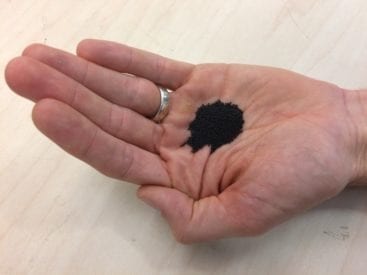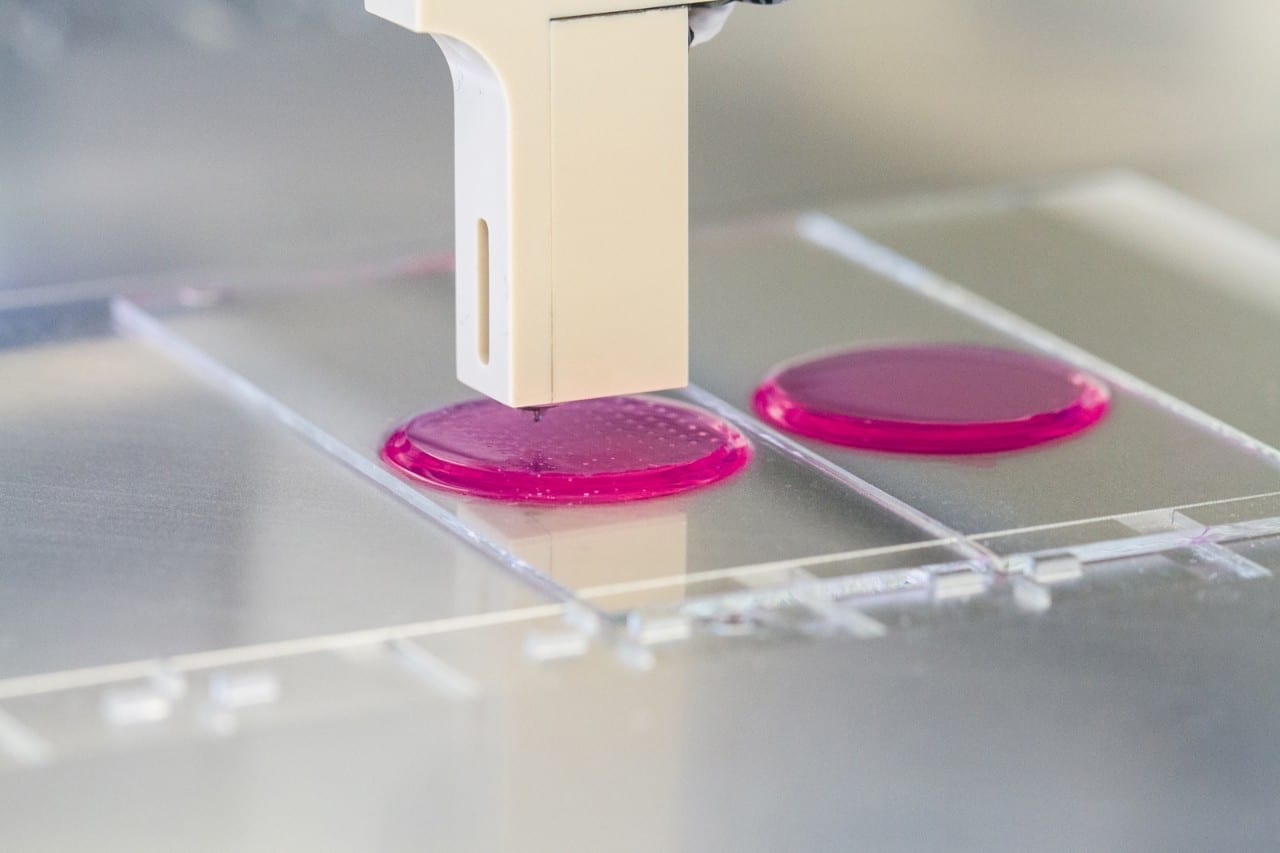
Working to provide safe water supplies by using ultraviolet (UV) radiation from the sun to purify water
Whether turning on a tap to fill a container or drinking from a fountain, people in developed countries normally have readily available and inexpensive access to a clean, safe water supply.
That is not the case for more than 800 million people in developing countries, according to Ernest “Chip” R. Blatchley III, professor of civil engineering and environmental and ecological engineering at Purdue Univ. Blatchley and other researchers are working to provide safe water supplies for these people by using ultraviolet (UV) radiation from the sun to purify water.
“Millions of people in developing countries do not have readily available water, or they become sick because of the water they drink,” he said. “People in these countries may not have the infrastructure or financial resources to clean the water, deliver it and keep it clean until it’s used. Common problems include microbial pathogens, which are largely associated with human and animal waste.”
Blatchley and Bruce Applegate, associate professor of food science and biological sciences at Purdue, have developed prototypes of a water disinfection system to take advantage of UV radiation from the sun, which is plentiful in many areas where clean water is lacking.
“If you take a global view of people who have little or no access to safe water, you’ll see that most live close to the equator,” Blatchley said. “Bruce, student researchers and I have created prototypes that disinfect water by amplifying and concentrating solar UV radiation, which is abundant in equatorial and near-equatorial nations.”
Applegate said the Purdue water disinfection system pumps water through a UV-transparent pipe placed on a parabolic reflector.
“The shape of the reflective mirror concentrates the sun’s UV rays so the radiation inside the pipe is more intense than outside,” he said. “The radiation damages the DNA in microorganisms. When this is done, the microbes can no longer grow and the water is safe.”
Solar UV systems have been developed by other groups. The Purdue system, however, uses different materials than others.
“We are using the range of solar UV wavelengths that are most effective for damaging microorganisms’ DNA. Using material that is transparent to these wavelengths of radiation allows us to disinfect water a lot faster,” Blatchley said. “We can pump water continuously through the system and produce water in a larger quantity.”
Blatchley and Applegate have conducted experiments in West Lafayette using non-pathogenic bacteria that are very closely related to those that cause cholera and typhoid. Blatchley said the results from the experiments could translate to the field where disease-causing microorganisms and higher levels of UV radiation exist.
“We have information about how UV irradiance in West Lafayette compares to cities around the world including Port-au-Prince, Haiti, and the Kenyan cities of Eldoret and Mombasa,” he said. “The maximum solar irradiance that occurs in West Lafayette is similar to the minimum values observed in these near-equatorial cities. The experiments we conduct here, where we have had success, should be at least as successful if they were conducted in Port-au-Prince, Eldoret and Mombasa, and probably quite a bit more.”
Go deeper with Bing News on:
Ultraviolet radiation from the sun to purify water
- Sun's chaotic peak triggers record-breaking 'global auroras' on Mars
Mars has had frequent planet-wide auroras in recent months, including an unprecedented trio of events in February. Experts say the sudden increase is the result of the ongoing solar maximum.
- NASA prepares for intense sun storms on Mars during 'solar maximum'
As the sun reaches solar maximum, Mars spacecraft are preparing to study the effects of increased radiation bombardment and how solar storms may impact future crewed missions to the Red Planet.
- Scientists are getting closer to understanding the sun’s ‘campfire’ flares
The detection of cool plasma before the tiny outbursts on the sun is helping researchers make connections between campfire flares and other solar eruptions.
- Scientists Debunk 'Really Dangerous' Online Myths About Sun Protection
"We are seeing melanoma so much more often in really young people," doctors warn over spread of dangerous sunscreen trends.
- Enjoying the sun (IMAGE)
Brianna Starr (left) wears sunscreen every day to minimize the effects of the sun’s harmful UV rays. It’s something she hopes more young adults will take seriously early in life, but a new survey by ...
Go deeper with Google Headlines on:
Ultraviolet radiation from the sun to purify water
[google_news title=”” keyword=”Ultraviolet radiation from the sun to purify water” num_posts=”5″ blurb_length=”0″ show_thumb=”left”]
Go deeper with Bing News on:
Water purification
- Xylem raises 2024 profit forecast on water treatment products demand
opens new tab raised its annual profit forecast on Thursday on the back of strong demand for its water and waste-water treatment products and services. The company now expects 2024 adjusted profit ...
- Flocculant and Coagulant Market to Reach US$ 11.5 Billion by 2033: Capitalize on Growing Water Treatment Demand
According to forecasts, the flocculant and coagulant market is expected to be US$ 6,738.6 million in 2023 and US$ 11,510.5 million by 2033. The need for water resource treatment has increased as a ...
- Akron residents could see water and sewer rate increases over federally mandated projects
City lawyers argued that if Akron is forced to build the facility, it will result in an immediate 23% increase in water and sewer rates to pay for the $209 million treatment plant the city has ...
- Georgetown water treatment facility exceeds new 'forever chemical' standards
The EPA just set new standards on what it calls "forever chemicals." The City of Georgetown joins about 50 other water utility facilities that don't meet the new requirements.
- Water deliveries start in Grayson as refurbishment on treatment plant gets underway
The acres of farmland that surround Grayson are part of the problem. Officials say that manures and fertilizers often contain nitrates that eventually seep into the groundwater and need to be filtered ...
Go deeper with Google Headlines on:
Water purification
[google_news title=”” keyword=”Water purification” num_posts=”5″ blurb_length=”0″ show_thumb=”left”]










